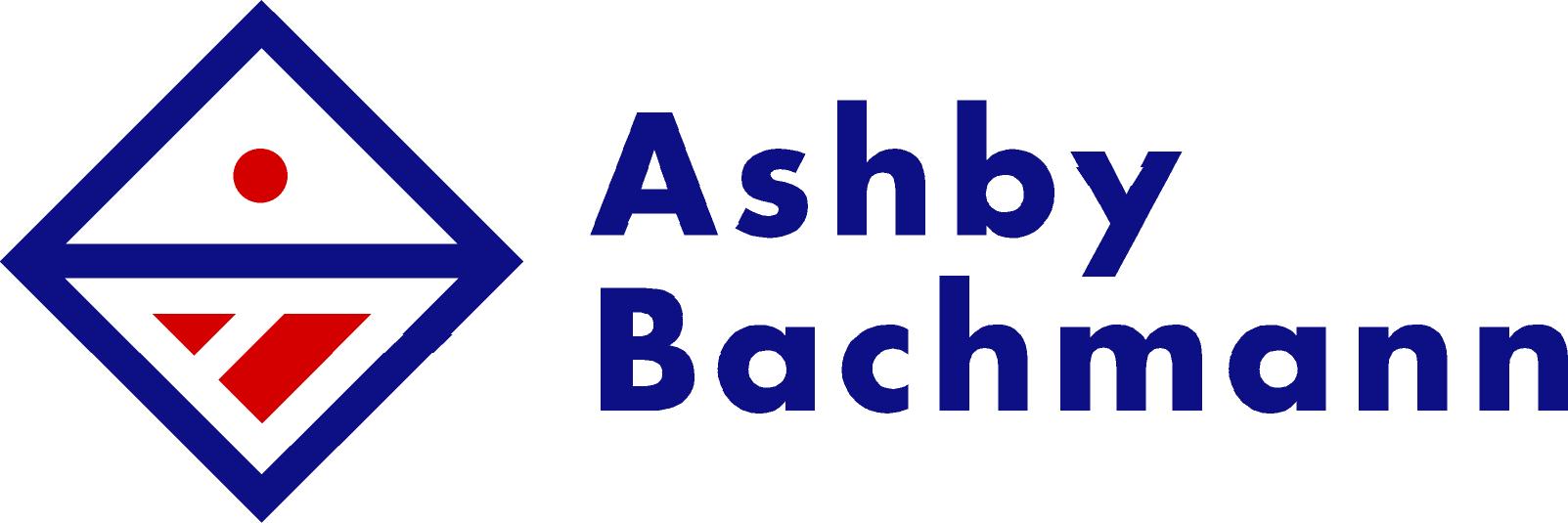The best training strategies are those that are linked to the business strategy and under the auspices of a senior executive. Every CEO should be assessing the ROI on training to ensure that the spend is valued and implemented into the workplace by motivated staff.
The most effective training strategies also offer a variety of styles of training and encourage follow-up that includes ways for staff to demonstrate and/or implement their learnings.
Types of training can include:
- One-on-one or group (when a number of staff have similar needs and levels of learning)
- In-house or off-site (training venues play a critical role in the successful delivery of the program)
- Conferences and seminars (especially industry-related events)
- External evening or weekend classes at community colleges or universities
- E-Learning and web-conferencing (works well for distance learning with an expert or when staff is required to do the work on their own with a flexible schedule)
- Coaching and/or mentoring – with internal or external coaches and mentors (this two-way learning can be extremely beneficial when transferring knowledge and bridging the generation gap in an organization – with gen X, gen Y and millenials learning from each other)
The primary reason for offering a variety of training methods is that people have a variety of learning styles – some prefer visual cues, some perform well under auditory instruction, and some are tactile or kinesthetic learners.
The other reason for variety of styles of learning depends on the content being delivered. For example, processes are often best learned by hands-on training.
Retention of material and understanding, as well as ability to apply the learned task, will all be more effective if the style of learning is appropriate to both the content and the recipient’s learning approach.
All training and professional development should be delivered in a positive manner to create the best possible outcomes for participants and organizations. Staff should be encouraged to apply the training directly to their personal and professional lives innovatively – as soon as possible after receiving it. Workplaces that have a happy and motivated atmosphere not only have lower labor turnover but also have higher customer satisfaction. Training that helps employees believe they can achieve better results will allow them to build a positive mental picture of success for themselves and their organizations.
“Employers who actively sustain a positive environment could experience up to 25% improvements in efficiency and customer satisfaction.”
– Journal of Applied Psychology
Regardless of the type of training and/or delivery methods, remember to maintain enthusiasm for the available training programs in your organization by encouraging staff to participate and to implement. An inspiring, forward-thinking program can raise performance of teams and promote a positive attitude throughout the whole organization to believe that “anything is possible” – thus achieving innovation and success.
Optimism in the workplace is good for your business and your employees. (For more on the Optimism Factor, read Helen McDonald’s article on “The Power of the Positive”.) Empower staff to ensure that training is always applied and benefits are subsequently realized.
